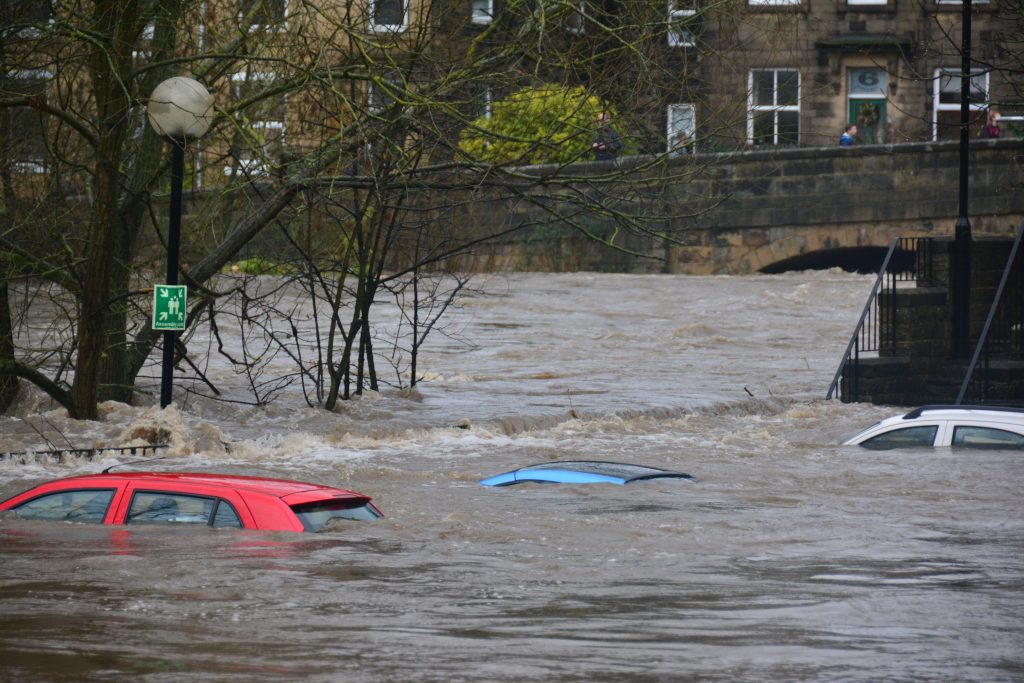Are you new to prepping and feeling overwhelmed by the thought of getting started? Prepping doesn’t have to be an all-or-nothing endeavor. With a 90-day plan, you can gradually build your emergency preparedness supplies and knowledge, without breaking the bank or feeling too overwhelmed.

Here’s a simple guide on how to start prepping in 90 days:
Week 1-4: Start with the basics
- Create a list of emergency supplies you need for survival, such as food, water, shelter, and first-aid supplies.
- Stock up on a 3-day supply of non-perishable food and water for each person in your household.
- Invest in a reliable emergency radio and a first-aid kit.
Week 5-8: Expand your supplies
- Increase your food and water supplies to a 2-week supply.
- Purchase a good quality tent or shelter for your family.
- Invest in a good quality water filtration system.
Week 9-12: Enhance your prepping skills
- Learn basic survival skills like starting a fire, building a shelter, and purifying water.
- Join a local prepper group or online community to learn from other experienced preppers.
- Practice using your emergency supplies, so you know how to use them when it really counts.
By following this 90-day prepping plan, you’ll have the essential supplies and knowledge to better protect yourself and your loved ones in case of an emergency. Remember, prepping is a journey, not a destination, so keep learning and building your supplies over time.
Don’t worry, you can become prepared for anything in just 90 days!

Here’s some more tips to help you start prepping in 90 days:
Week 1-2: Research and Planning
Make a plan: Before you begin prepping, it’s important to have a plan in place. Determine the types of emergencies you may face in your area and create a plan for each scenario.
- Research potential disasters and emergencies in your area
- Identify your family’s specific needs and vulnerabilities
- Create a budget and a prepping checklist
Week 3-4: Emergency Food and Water
Gather emergency supplies: Start with the basics such as a first aid kit, flashlights, and batteries. Then gradually add to your supplies over time, including survival food, water storage, and shelter options.
- Stock up on non-perishable food items
- Store water for emergencies
Week 5-6: First Aid Kit and Emergency Supplies
Build a bug out bag: A bug out bag is a portable kit that contains essential items to help you survive for 72 hours. Make sure your bug out bag includes basic supplies such as food, water, shelter, and clothing.
Gather emergency supplies: Start with the basics such as a first aid kit, flashlights, and batteries. Then gradually add to your supplies over time, including survival food, water storage, and shelter options.
- Assemble a comprehensive first aid kit
- Purchase and organize emergency supplies like flashlights, batteries, and communication devices
Week 7-8: Personal Protection and Security
- Purchase self-defense tools
- Evaluate home security measures
Week 9-10: Shelter and Hygiene
- Stock up on hygiene essentials like soap and hand sanitizer
- Plan for alternative shelter options if necessary
Week 11-12: Practice and Review
Learn survival skills: Knowing how to start a fire, filter water, and navigate without a GPS can be crucial in a disaster scenario. Take classes or watch online tutorials to learn these essential survival skills.
- Practice emergency drills with your family
- Review and update your prepping plan and checklist

By following these steps, you can start prepping in just 90 days. Remember, prepping is a process, and it’s important to take things one step at a time. Start small and gradually build up your supplies and skills over time. With dedication and persistence, you can become better prepared for whatever emergencies may come your way.

